The Art of Making Cigars
Centuries after Columbus’ crews brought it out of the Caribbean to Europe, the habit of smoking cigars has evolved into a global culture. Colonialism took it along to regions afar. In my country Indonesia, for instance, it was the Dutch who brought it, and since then, a number of cigar factories have been established there since early 20th century.
Cigars now come in so many colours, shapes, and flavours, varying from greenish to dark-coloured, from the coronas (common shape, evenly cylindrical with round head) to the figurados (a varieties of irregularly shaped cigars), and from sweet to dry flavoured. The materials, too, have been produced in various places around the world, offering assorted qualities and characters. When we talk about why someone likes a certain cigar, its colours, shapes, and flavours are all contributing elements. But what makes cigars so special is how they are made.
A cigar can be either handmade, machine-made, or both. The finest cigars, however, are entirely handmade. The making process requires a very careful and precise handling from the beginning until the end. Similar to learning to play a musical instrument, mastering the knowledge and skills to fashion the filler (a huddle of tobacco leaves inside a cigar), the binder (the leaf that holds the filler together), and the wrapper (the outermost part) into a good cigar can take a very long time.
Manufacture can be divided into two broad stages, i.e. preparation and rolling. The first stage starts from cultivating tobacco: drying, fermenting, to striping the leaves. The rolling includes preparing the filler and wrapping it. While the preparation steps are mostly concerned with the science, the rolling process is all about the craftsmanship.
Best tobacco leaves are cultivated in tropical soils of Cuba and Brazil as well as Southeast Asian countries such as Indonesia and the Philippines. The process begins indoor, where the plant is seeded. After 6 to 10 weeks, the seeds are sown in an open land and pruned well so that they would yield leaves of a proper size. The leaves of different parts of a tobacco plant will provide various tastes and uses. Those for the wrapper must be kept from too much sunlight and from insects, usually using cloth to cover them. It may take several months before the leaves can be reaped. The wrapper may be taken from Jember, Indonesia while the filler from Havana, Cuba. When made entirely of leaves from a single country, a cigar will be called puro (pure).
The leaves are then taken into an airy barn for drying. They are usually hung on wooden strips until their green colour turns yellowish-brown. A close watch on the leaves must be kept to make sure they do not get overly dry.
Fermentation comes afterwards. This is where the aroma and taste of tobacco will develop. When the leaves are cured, they will be classified based on their colour and size. They are grouped into bunches of tens then each packed and kept in boxes. The fermentation would take between six months and five years. Tobacco leaves for the best cigars are usually fermented for at least two years. Sorting out is done again, this time more carefully.
A fermented leaf would then be stripped off its main vein manually. This may look like a piece of cake as you see a worker at a tobacco factory do it very quickly. But try it yourself and you will change your mind just as quickly. The leaves must remain intact. They cannot have any holes or tears. A well-trained worker will do this by firstly folding the leaf in half following the main vein. He will then hold the vein on both ends. One of the tips of the vein is twitched out using one hand, then by pulling that tip, the leaf is rolled on the other hand’s wrist to strip the vein off all the way down. The leaves are then ready.
The two remaining steps require special skills, as it is this that determines the aesthetic aspects of a cigar. We start with making the filler. There is a lot of inventiveness going on in this step as tobacco leaves of distinct characters are blend to create the desired taste. There are three types of leaves for the filler. The seco, taken from the middle of a tobacco plant, will give much of the cigar’s flavor; the volado, from the bottom of the plant, is for the burning; and the ligero, from the upper part of the plant, will provide strength. Usually there will be between two and six of these leaves in a filler. The ligero is usually placed in the middle as it is the slowest to burn. The leaves are stacked and rolled firmly in a binder, which is often a leaf that is torn or imperfect in colour. It will not be visible, so the most important thing is that it can hold the filler well.
Lastly, the filler is wrapped, a step that is often considered the most difficult. First of all, a well-textured, moist wrapper leaf is spread on a flat wooden surface and trimmed using a rounded knife called chaveta; in other places, like in Yogyakarta, Indonesia, a circular knife with a wooden handle is used instead. So the wrapper starts life as a sort of curved tobacco belt. The filler is then delicately rolled into the wrapper. At the same time, the wrapper must be stretched out with just enough force to avoid wrinkles and tearing. After about three and a half rolls, the wrapping will reach the end of the filler. The remaining of the wrapper is cut around, then after tasteless vegetable glue is applied to it, rolled again to finish the cap; pectin (extracted from citrus fruits) is often used as glue, though a paste made of rice starch is used in Indonesia. Cuban cigars are known for their triple caps, which demand more complex skills to create.
The tobacco, the filler, and the wrapper are responsible for the flavour of a cigar. The oilier a tobacco leaf, the less dry it will taste. The dark-coloured wrapper will add a sweet nuance to the flavour, while the light-coloured will make it drier. All this makes an expert cigar maker like a skilled composer: he must be able to make use of the materials on hand harmoniously, bringing them together into an exquisite opus.
Say what you wish about the cigar’s disservice to health, but there’s no denying the artistry infused into every cigar you cut and ignite. “Sometimes,” twenty-a-day- man Sigmund Freud once supposedly told colleagues challenging him on the cigar’s phallic shape, “a cigar is just a cigar.” Well, sometimes a cigar can also be a work of art.
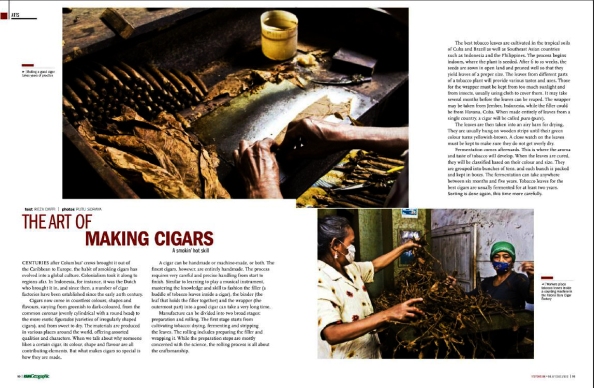
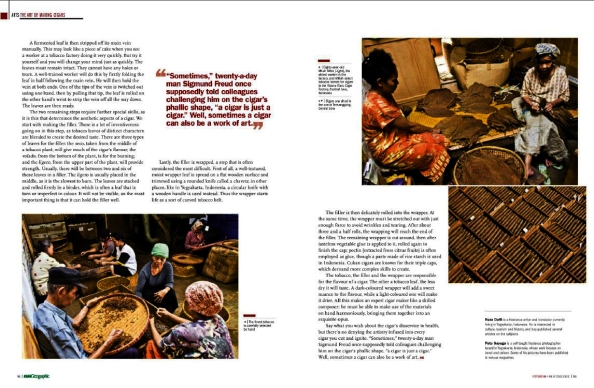









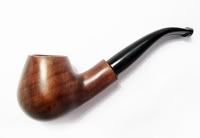


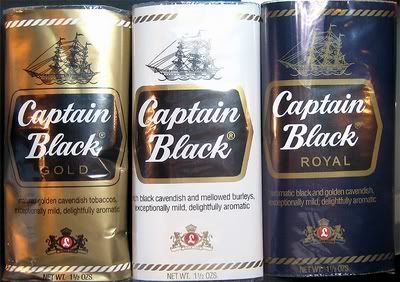
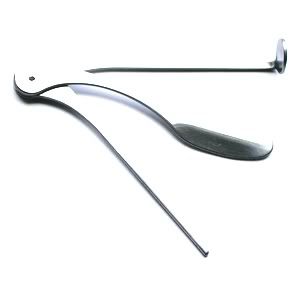
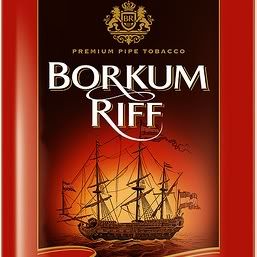
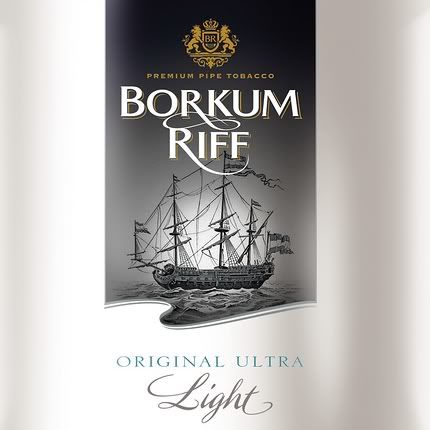
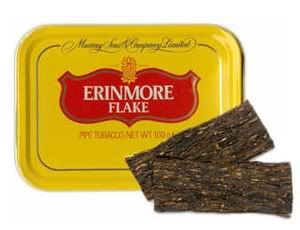


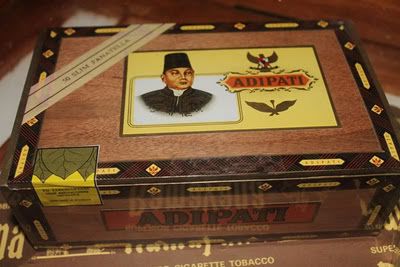
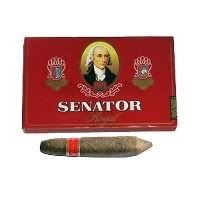
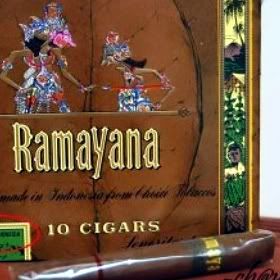



0 komentar:
Posting Komentar
Catatan: Hanya anggota dari blog ini yang dapat mengirim komentar.